
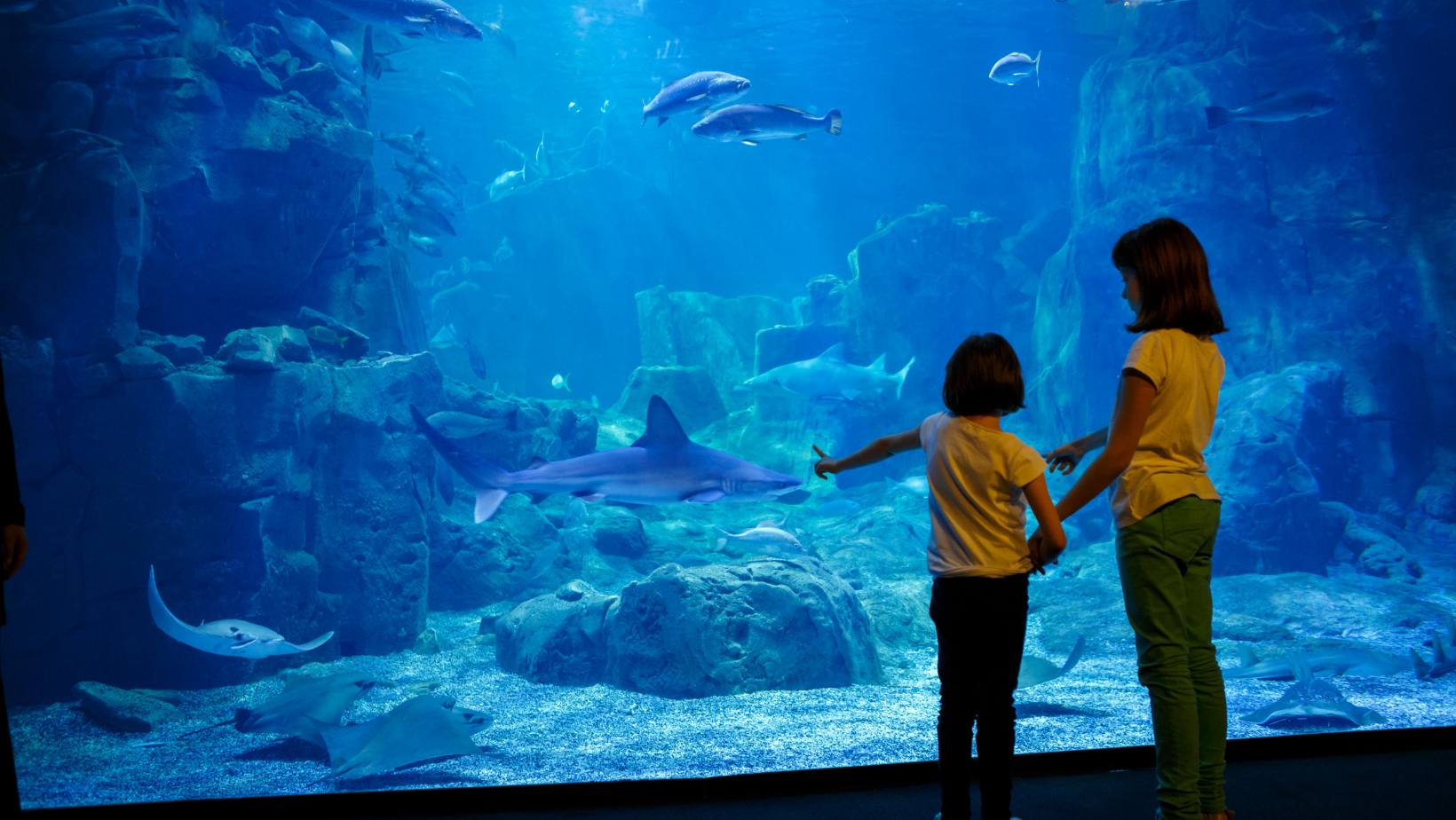
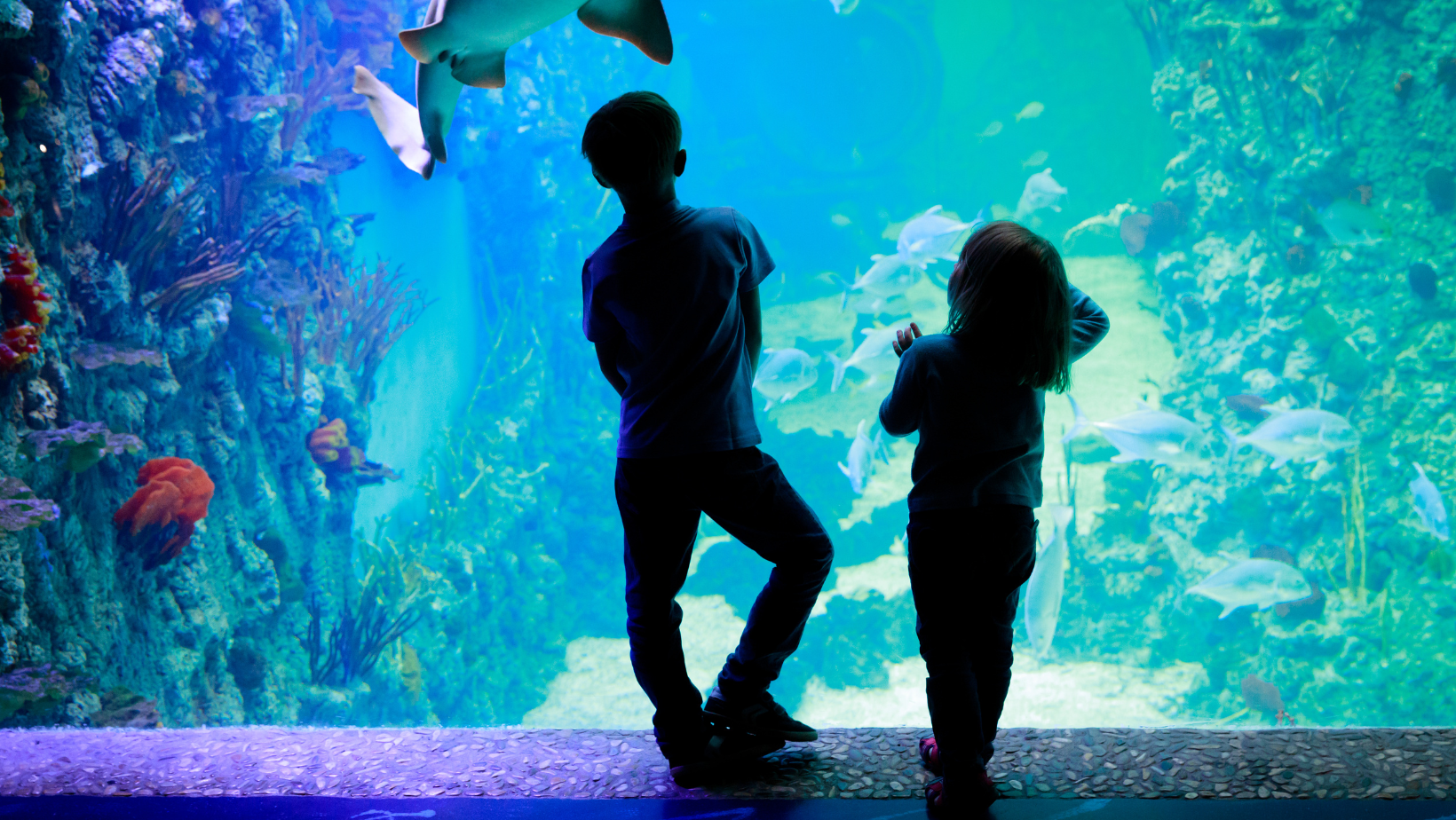
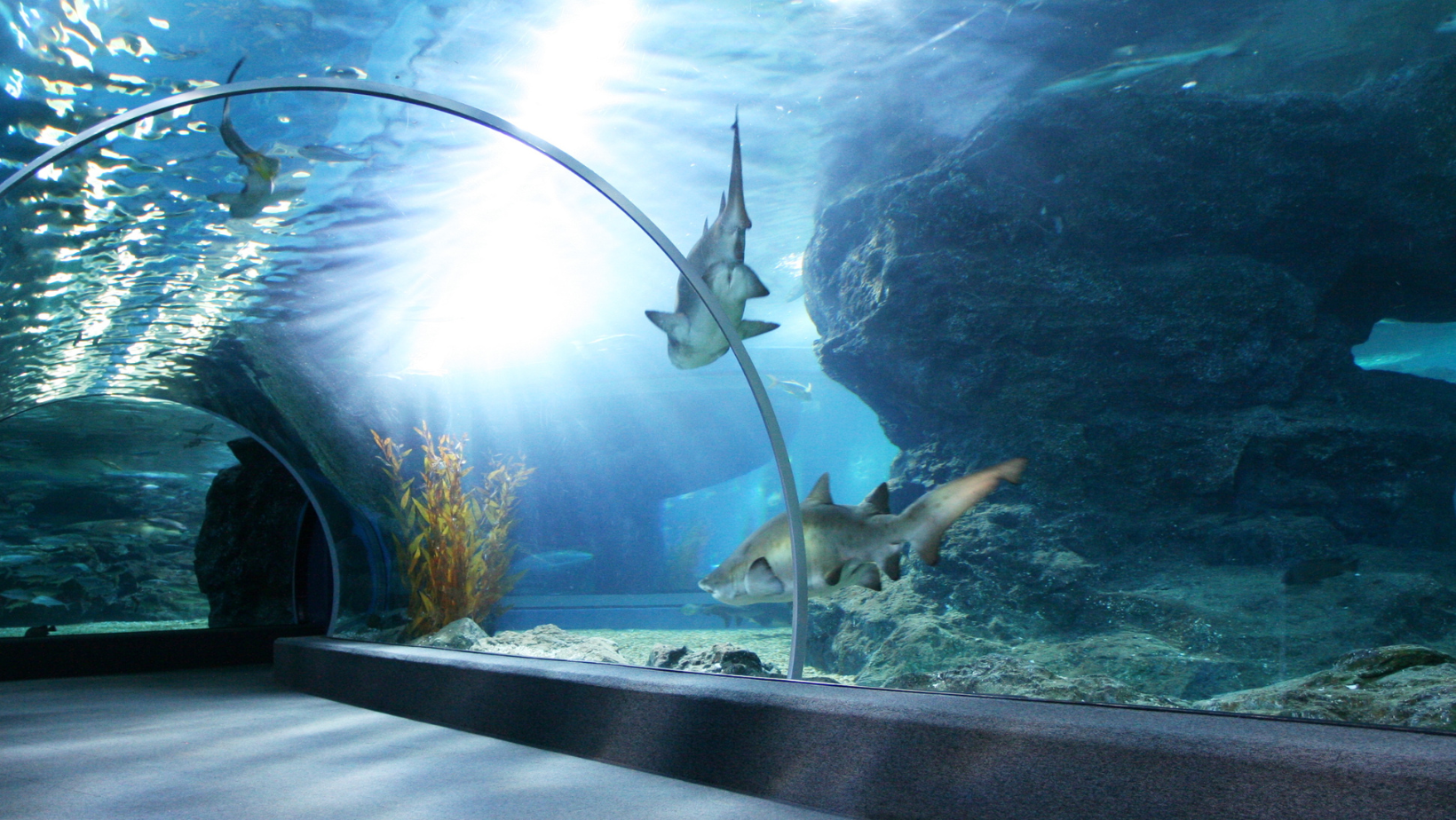

The Rockford Aquarium in conjunction with the City of Rockford and Winnebago County invested in a monumental landmark feasibility study which was appropriately named, Market, Economic Feasibility and Economic Impact Potential of the Proposed Rockford Aquarium in Rockford Illinois.

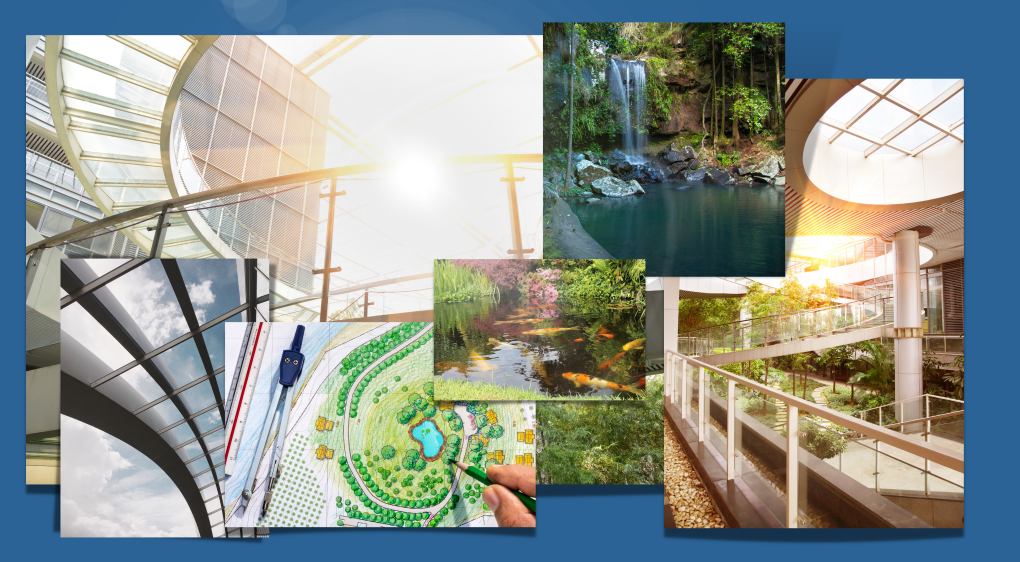
The final results of the feasibility study, for The Rockford Aquarium, are that the projected benefits of the proposed system outweighed all the estimated costs. The project also documented and showed results of the analysis, research, and evaluation of the proposed project. It determined that this project is technically feasible, cost-effective, and profitable. While the study’s findings are based on prior data, one should expect similar results and higher for years to come. The Rockford Aquarium is in the process to engage ConsultEcon, Inc. once again to update the Economic Projections and Proformas through 2025.
This is the assumed construction cost for the Rockford Aquarium for the purposes of this construction impact analysis. This analysis should be revisited once the site plan footprint, design and construction cost estimate has been prepared for the Rockford Aquarium. Does not include expenditures for design, escalation or inflation, owner’s representation, permitting, pre-opening planning, marketing, and other soft costs related to development project.
The estimated cost per square foot to build a public aquarium in the United States can vary widely depending on various factors, such as the location, size, complexity, and features of the aquarium. However, according to industry estimates, the cost per square foot to build a public aquarium can range from $400 to $1,200 or in some distinctive cases more.
The planned 50,000 square foot aquarium could cost between $20 million and $60 million to build, depending on the factors mentioned above and considerations below. However, this is projected estimate, and the actual cost may vary based on the specific needs of the project.
It’s important to note that in addition to the initial construction costs, operating and maintenance costs can also be significant for a public aquarium. These costs can include operational expenses for staffing, animal care, exhibits, utilities, and other ongoing expenses. Therefore, it’s essential to conduct a thorough feasibility study and develop a comprehensive business plan to ensure the long-term financial sustainability of the aquarium.
There are other factors to consider when estimating the cost of building a public aquarium. Some additional factors that can affect the cost per square foot include:
Location: The cost of land, permits, and regulatory compliance can vary widely depending on the location of the aquarium. Building in a high-cost urban area can increase the overall cost of the project.
Design and complexity: The design and complexity of the aquarium can affect the cost per square foot. A more complex design with advanced technology, specialized exhibits, and unique architecture can increase the overall cost of the project.
Construction materials and techniques: The choice of construction materials and techniques can affect the cost per square foot. Using sustainable materials, such as recycled steel or eco-friendly insulation, can increase the cost of construction.
Exhibit and animal care: The cost of building and maintaining exhibits, as well as providing proper care for the animals, can be significant. This includes costs for specialized equipment, staff training, and veterinary care.
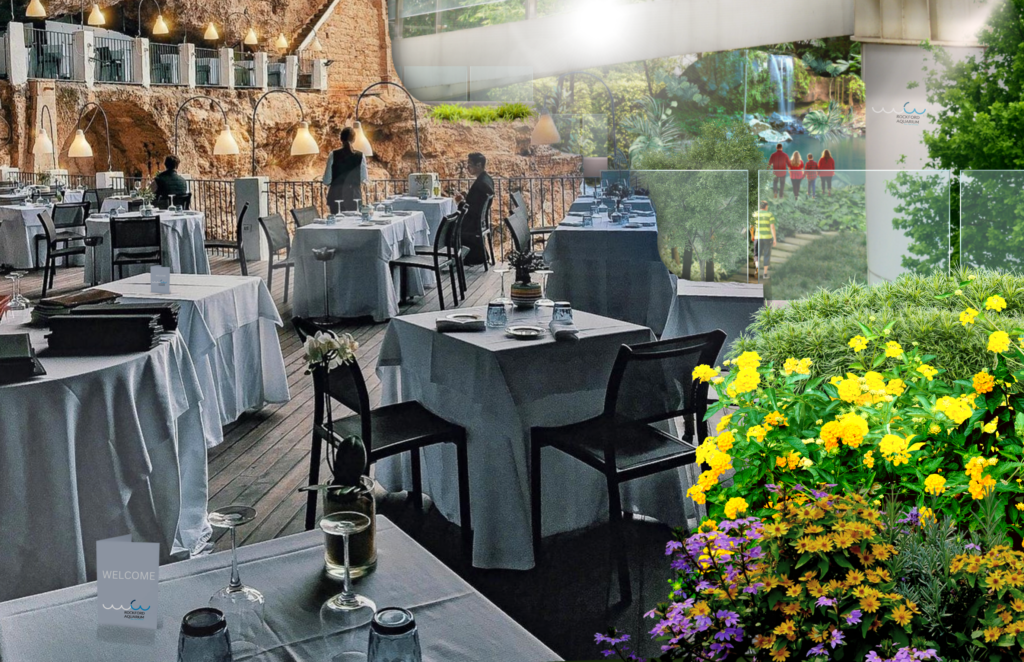
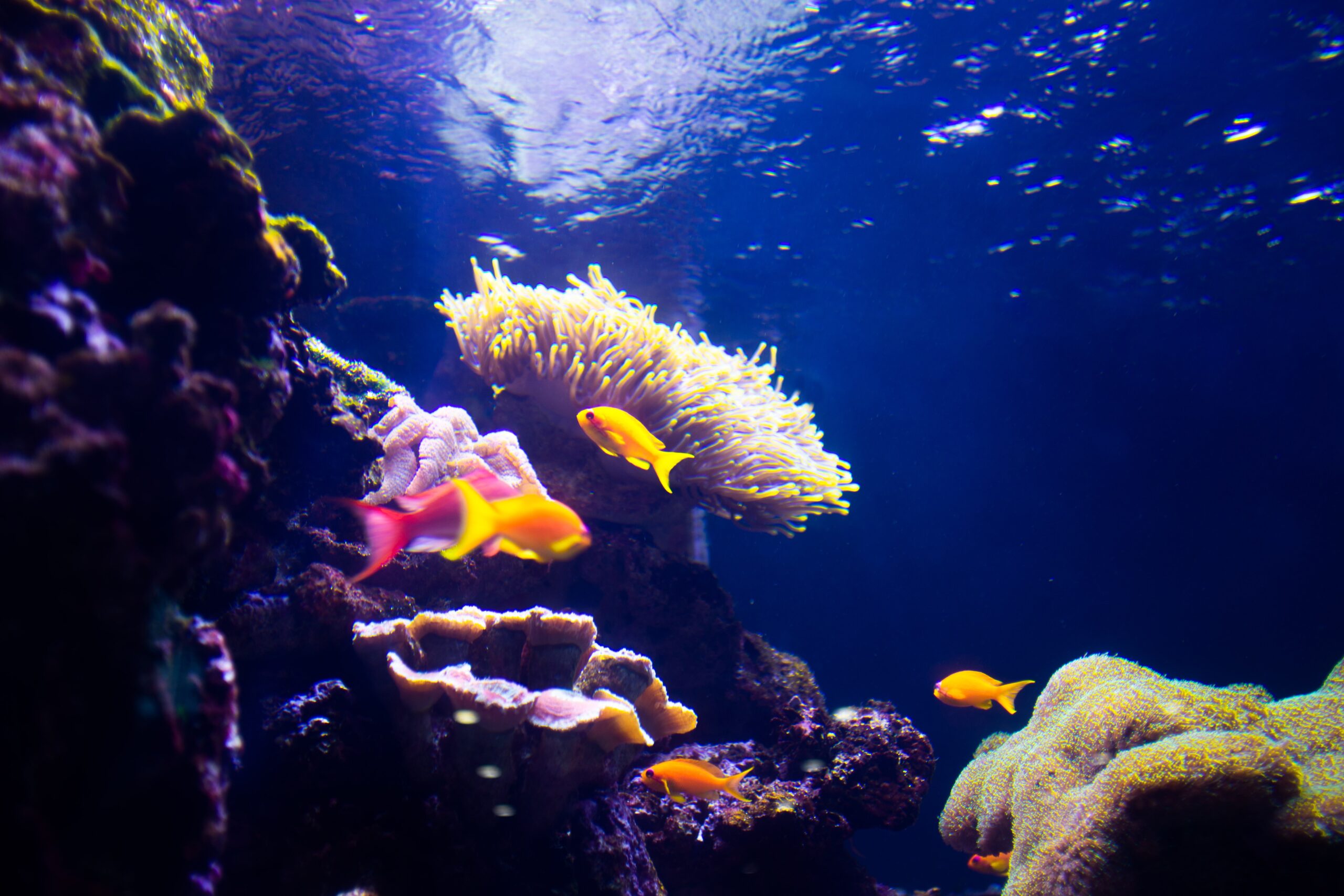
Infrastructure and utilities: The cost of infrastructure and utilities, such as electrical and water supply, can vary depending on the location and the size of the aquarium.
Technology: Incorporating advanced technology into the aquarium, such as interactive exhibits, audiovisual displays, and virtual reality experiences, can increase the overall cost of the project.
Accessibility: Providing accessibility features for visitors with disabilities, such as ramps, elevators, and audio descriptions, can add to the construction cost.
Parking and transportation: Providing adequate parking and transportation options for visitors can also add to the overall cost of the project.
Marketing and outreach: Promoting the aquarium to the community and attracting visitors can be a significant cost. This can include expenses for advertising, public relations, and outreach programs.
Contingencies: It’s important to include a contingency budget in the overall cost estimate to cover unexpected expenses, such as delays in construction, changes in regulations, or unforeseen events.
Security and safety: Ensuring the safety and security of visitors, staff, and animals can add to the overall cost of the project. This can include expenses for security personnel, surveillance equipment, and emergency preparedness.
Staffing: Hiring and training staff for the aquarium can be a significant cost, including salaries, benefits, and training expenses.
Maintenance and repairs: Ongoing maintenance and repairs of the aquarium can also add to the overall cost of the project. This includes expenses for cleaning, equipment repairs, and regular upkeep of the exhibits and animal habitats.
Permits and regulations: Obtaining the necessary permits and complying with regulatory requirements can add to the overall cost of the project. This includes expenses for environmental assessments, building permits, and compliance with safety regulations.
Fundraising and donations: Finally, fundraising and donations can play an important role in financing the construction and operation of a public aquarium. This includes expenses for developing fundraising strategies, organizing events, and cultivating relationships with donors and sponsors.

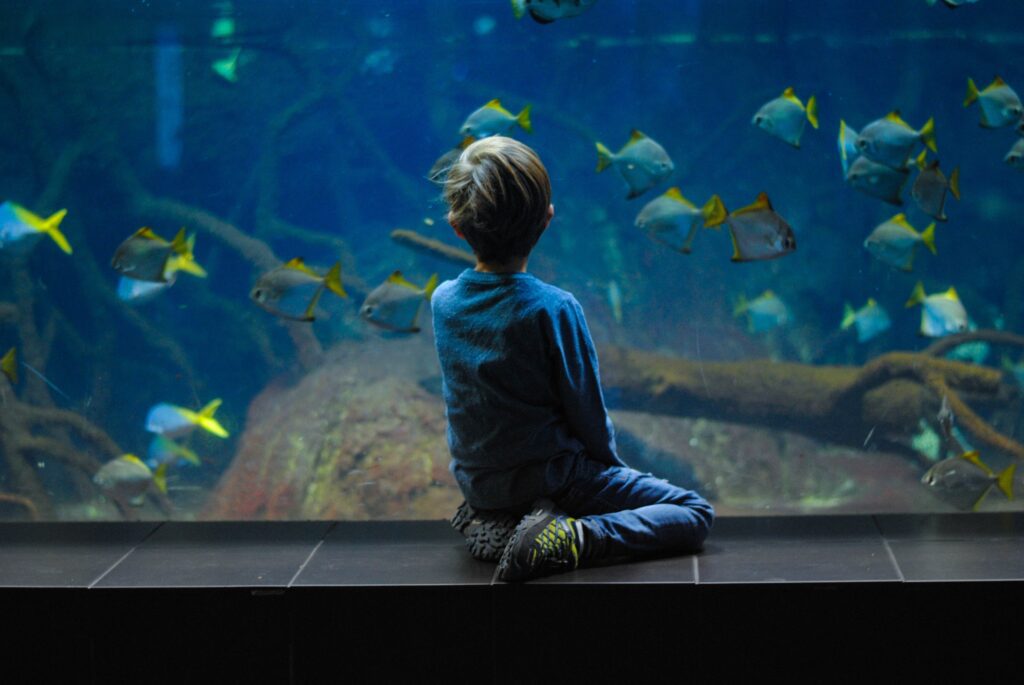
Maintenance and repairs: Ongoing maintenance and repairs of the aquarium can also add to the overall cost of the project. This includes expenses for cleaning, equipment repairs, and regular upkeep of the exhibits and animal habitats.
Permits and regulations: Obtaining the necessary permits and complying with regulatory requirements can add to the overall cost of the project. This includes expenses for environmental assessments, building permits, and compliance with safety regulations.
Fundraising and donations: Finally, fundraising and donations can play an important role in financing the construction and operation of a public aquarium. This includes expenses for developing fundraising strategies, organizing events, and cultivating relationships with donors and sponsors
The cost of building a public aquarium can be influenced by a wide range of factors, including location, design, construction materials, exhibit and animal care, technology, accessibility, marketing, contingencies, security and safety, staffing, maintenance and repairs, permits and regulations, and fundraising and donations. A comprehensive feasibility study and business plan can help ensure that all these factors are taken into account and that the aquarium project is financially sustainable in the long term.
Overall, the cost of building a public aquarium can be influenced by many factors, and it’s important to consider all these factors when estimating the overall cost of the project. Conducting a thorough feasibility study, developing a detailed business plan, and seeking expert advice can help ensure the success and financial sustainability of the aquarium project.
It’s worth noting that the estimated cost per square foot for building all public aquariums can vary depending on the source of the estimate and the specific circumstances of the project. Therefore, it’s important that we will consult with experts in the field and conduct a thorough analysis of the project’s needs and requirements to get an accurate cost estimate.
The Rockford Aquarium will continue to partner with ConsultEcon, the aquarium’s development consulting arm, to update the facility’s visitor attractions. The goal of this project is to create a final comprehensive plan that addresses issues related to visitation projections, facility pricing and marketing, operations, economic feasibility, and project economic impacts. By doing so, the aquarium hopes to attract even more visitors and provide a positive economic impact on the local community.
The first step in this process is to focus on visitation projections. This involves analyzing historical data on visitor trends and making predictions about future visitation levels. By understanding how many visitors the aquarium is likely to receive, the team can better plan for staffing, facility upgrades, and marketing efforts.
Facility pricing and marketing are also important considerations. The aquarium must determine how much to charge for admission, as well as how to effectively promote the updated attractions to potential visitors. By carefully considering pricing and marketing strategies, the aquarium can maximize revenue and ensure that the updated facilities are accessible to as many visitors as possible.
Another critical aspect of this project is operations. The team must consider how the updated attractions will be managed, including staffing levels, training, and ongoing maintenance. By carefully planning for operations, the aquarium can ensure that the visitor experience is smooth and enjoyable, which will encourage repeat visits and positive word-of-mouth marketing.
Economic feasibility is another key consideration. The team must analyze the costs associated with updating the facilities and determine if the investment is likely to provide a positive return. This involves assessing the costs of construction, marketing, and operations, as well as projected revenue from increased visitation. By carefully considering the costs and benefits of the project, the aquarium can make an informed decision about whether or not to move forward with the updates.
Finally, the team must consider the project’s economic impacts. This involves analyzing how the updated facilities will affect the local community, including job creation, increased tourism, and revenue for local businesses. By understanding the broader economic impacts of the project, the team can make a stronger case for investment and ensure that the updates benefit the community as a whole.
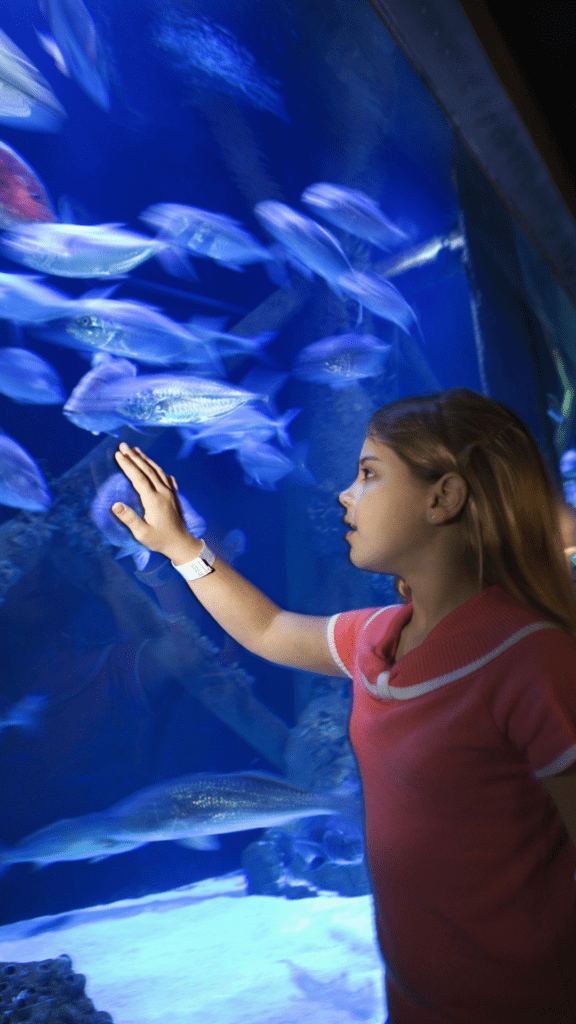
To accomplish these goals, the aquarium is working with a wide range of professionals, including aquatic representatives, educators, architects, engineers, and other related professionals. Together, this team is developing a comprehensive plan that addresses all aspects of the project, from initial feasibility assessments to ongoing operations.
By creating this framework, the Rockford Aquarium and ConsultEcon are setting the stage for other tourist professionals to successfully plan for similar projects. The framework will provide valuable insights into anticipated visitation levels, seasonality of visitation, cost return trade-offs, and related issues that are critical to successful planning.
In conclusion, the Rockford Aquarium and ConsultEcon are embarking on an exciting project to update the facility’s visitor attractions. By carefully considering issues related to visitation projections, facility pricing and marketing, operations, economic feasibility, and project economic impacts, the team is working to create a comprehensive plan that will benefit both the aquarium and the local community. With the help of a talented and experienced team of professionals, the aquarium is well on its way to becoming an even more popular destination for visitors from near and far.


The Rockford Aquarium and ConsultEcon’s collaborative effort to update the aquarium’s visitor attractions is a complex and multi-faceted project that requires careful planning and execution. In addition to the factors discussed earlier, there are several other key considerations that the team must take into account to ensure the success of the project.
One critical factor is environmental sustainability. As a facility that showcases aquatic life, it is important for the Rockford Aquarium to be environmentally conscious and responsible. The team must consider how the updated attractions will impact the surrounding environment and develop strategies to minimize any negative effects. This may involve using energy-efficient lighting and HVAC systems, implementing recycling and waste reduction programs, and taking steps to conserve water.
Another important consideration is accessibility. The team must ensure that the updated attractions are accessible to all visitors, including those with disabilities. This may involve making physical modifications to the facility, such as installing ramps and elevators, as well as offering specialized programs and services for visitors with different needs.
In addition, the team must consider the educational value of the updated attractions. As an educational facility, the Rockford Aquarium has a responsibility to provide visitors with accurate and engaging information about aquatic life and the importance of conservation. The team must develop programs and exhibits that effectively convey this information and encourage visitors to take an active role in protecting our planet’s natural resources.
The team must also consider the cultural significance of the Rockford Aquarium. As a cultural institution, the aquarium has the ability to showcase the unique history and traditions of the local community. The team must ensure that the updated attractions reflect the diverse cultural heritage of the region and provide opportunities for visitors to learn about and appreciate different cultural perspectives.

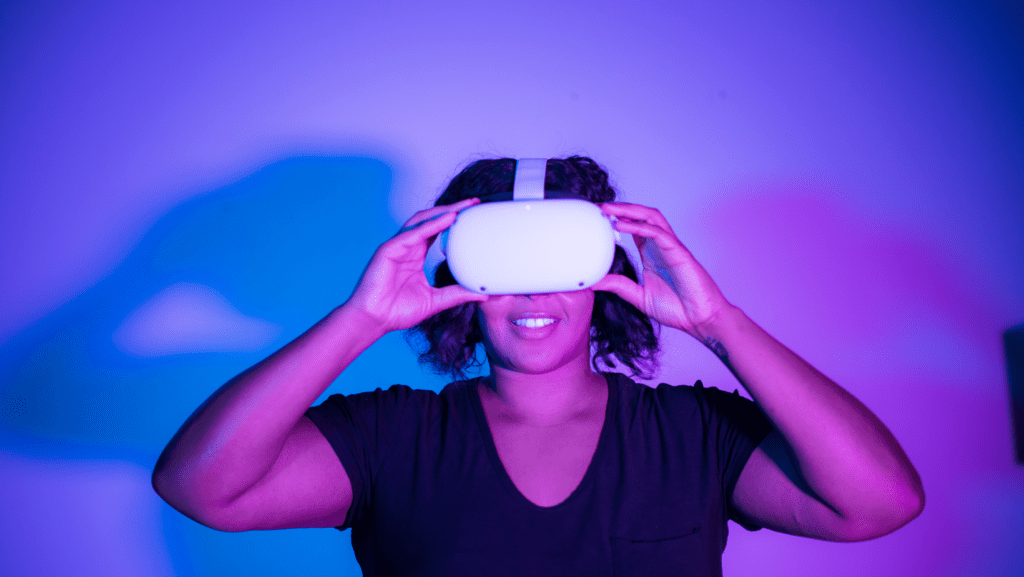
The team must consider the role of technology in the updated attractions. Technology can be used to enhance the visitor experience, from interactive exhibits to virtual reality simulations. The team must determine how best to incorporate technology into the updated attractions, balancing the benefits of enhanced engagement with the need to maintain a personal, hands-on experience.
To address these considerations and create a successful updated attraction plan, the Rockford Aquarium and ConsultEcon are leveraging a range of expertise and resources. The team is working closely with architects and engineers to design and build the updated facilities, as well as with educators and aquatic representatives to develop engaging and informative exhibits. They are also working with marketing and public relations professionals to develop effective messaging and promotional strategies.
The project team is also engaging with the local community to ensure that the updated attractions reflect the needs and interests of the area. This includes soliciting feedback from local residents and business owners, as well as partnering with community organizations to promote the aquarium and its mission.
The Rockford Aquarium and ConsultEcon’s work to update the aquarium’s visitor attractions is an exciting and important project that will benefit both the aquarium and the local community. By taking into account a wide range of considerations, from environmental sustainability to cultural significance, the team is developing a comprehensive plan that will appeal to visitors of all ages and backgrounds. With careful planning and execution, the updated attractions will likely attract even more visitors and provide a positive economic impact on the local community for years to come
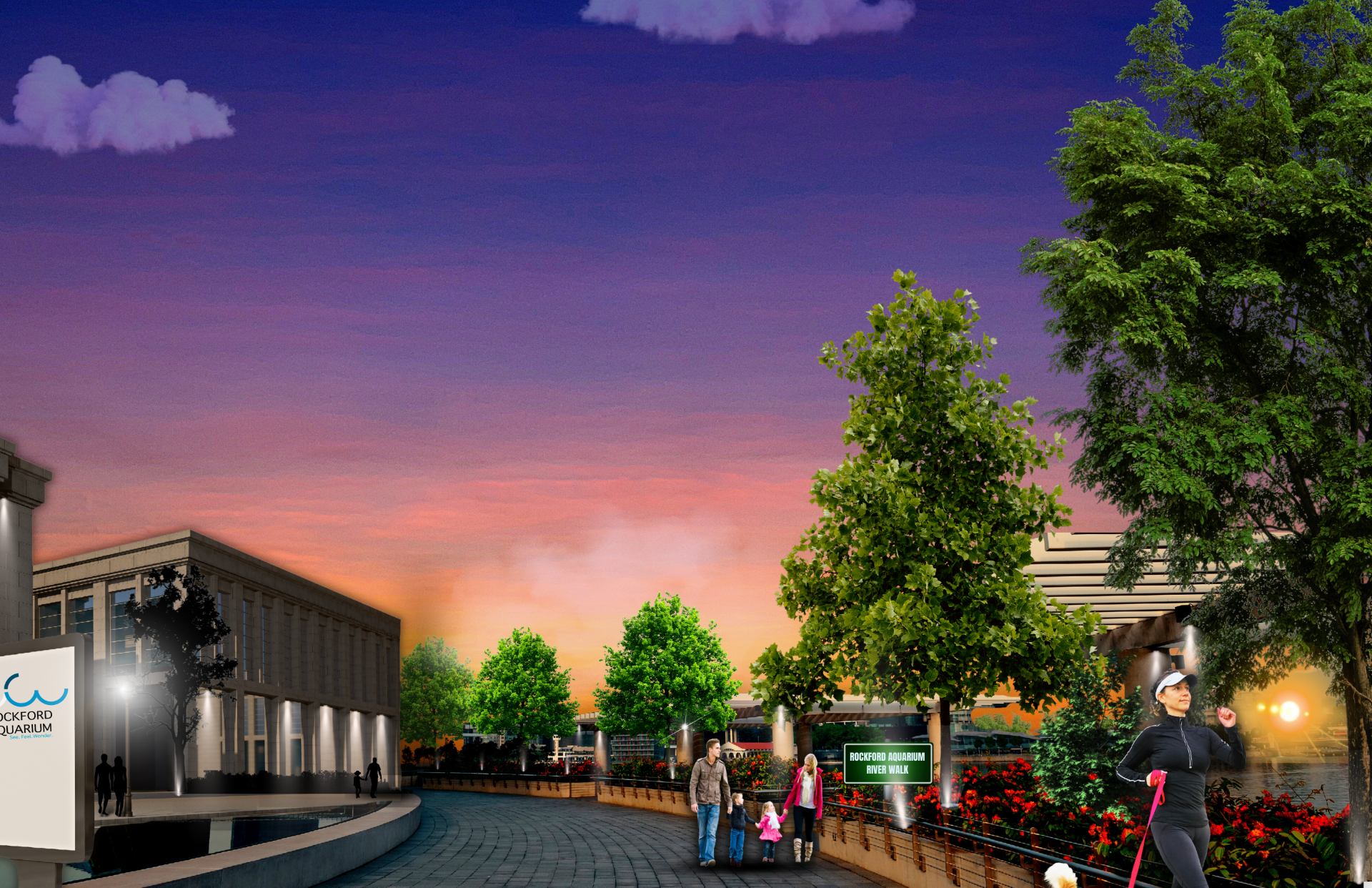

The economic development impact of the updated visitor attractions at the Rockford Aquarium is an important consideration for both the aquarium and the local community. As a popular tourist destination, the aquarium has the potential to generate significant revenue for the local economy and create new jobs.
One way in which the updated attractions will benefit the local economy is by increasing the number of visitors to the aquarium. The new exhibits and facilities are likely to attract a greater number of tourists to the area, which could in turn drive up demand for local businesses such as restaurants, hotels, and retail shops. This increased demand could lead to the creation of new jobs in the hospitality and service industries, providing a boost to the local economy.
In addition to creating new jobs, the updated attractions could also have a positive impact on property values in the surrounding area. The aquarium is a major landmark in the region and an important contributor to the local tourism industry. As such, the presence of the updated visitor attractions could make the area more attractive to homebuyers and businesses, leading to an increase in property values and economic growth.
Another potential economic benefit of the updated visitor attractions is increased tax revenue for the local government. As the number of visitors to the aquarium increases, so too does the amount of money generated by sales taxes, hotel taxes, and other fees. This revenue can be used to support local infrastructure and services, including schools, roads, and public safety.
It is worth noting that the economic development impact of the updated visitor attractions at the Rockford Aquarium is not without challenges. For example, there may be initial costs associated with updating the facilities and developing new exhibits, which could impact the aquarium’s bottom line in the short term. Additionally, the economic benefits of the updated attractions may be spread unevenly across the local community, with some businesses and residents benefiting more than others.
To maximize the economic development impact of the updated visitor attractions, the Rockford Aquarium and ConsultEcon will need to take a strategic and holistic approach. This may involve developing partnerships with local businesses and organizations to promote the aquarium and its mission, as well as leveraging technology and social media to reach a wider audience. It may also involve developing targeted marketing campaigns to attract visitors from specific demographics or geographic regions.
Overall, the economic development impact of the updated visitor attractions at the Rockford Aquarium has the potential to be significant. By generating new revenue, creating jobs, and increasing property values, the updated attractions can help to support the growth and prosperity of the local community. However, achieving these benefits will require careful planning, collaboration, and ongoing investment in the aquarium’s facilities and programs.
Once the final framework is compiled it will act as a guide for the planning process for future tourist professionals. This framework will provide insight into important factors such as new anticipated visitation levels, seasonality of visitation, cost return trade-offs, and other issue that are critical to the success of the project.

Through aquatic conservation and digital interactive educational engagement for its future users, the Rockford Aquarium will create new strategic partnerships and will continue to be a source for recruitment of symbolic business services now and in the future.
2. SERVICES AND PROGRAMS Supporting local access to, control of and coordination of aquatic services and programs
3. YOUTH AND INTERGENERATIONAL ACTIVITIES Increasing the number of projects involving youth and intergenerational activities in Rockford’s Southwest Corridor, and the Rock River Valley communities in Northern Illinois.
Creating strategic partnerships and recruiting business services require careful planning, research, and communication. Our goal is to follow these outlined strategies, to increase and establish successful partnerships and finding the right service providers.

The Aquarium will research and identify potential partners who share similar values, goals, and target audience. Look for companies that complement your services or products.
The Aquarium will determine the mutual benefits of a partnership and how each partner can contribute to achieving common goals.
The Aquarium will work to communicate clearly with potential partners about what we expect from the partnership and what they can expect from the partnership.
The Aquarium will develop a formal partnership agreement that outlines the roles and responsibilities of each partner, timelines, and expectations.
The Aquarium will build trust and nurture the partnership by being open, honest, and transparent.
The Aquarium will use social media platforms to identify potential partners and engage with them online
The Aquarium will ask for referrals from existing business partners, colleagues, or industry associations.
The Aquarium will consider the cultural fit between potential partners to ensure that the partnership will always be productive and beneficial for both parties.
The Aquarium will determine the specific skills and services that will be required for the operational business plan.
The Aquarium will research and identify potential service providers who specialize in the areas we will require.
The Aquarium will then evaluate potential service providers based on their experience, reputation, and quality of services.
The Aquarium will clearly communicate our expectations and requirements to the service providers and establish a clear understanding of the services they will provide.
The Aquarium’s goal is to build a long-term relationship with the service providers by providing regular feedback and open communication.
The Aquarium staff will attend industry events and conferences to meet potential partners and establish relationships.
The Aquarium will collaborate with potential partners on small pilot projects to test the partnership and build trust.
The Aquarium will monitor the partnership regularly to ensure that it is meeting expectations and adjust as needed.
The Aquarium will monitor the progress of the project and communicate regularly with the service provider to ensure that the project is on track.
The Aquarium will consider outsourcing certain tasks or projects to specialized service providers to save time and resources.
Provide constructive feedback to service providers to help them improve their services and enhance the quality of their work.
The Aquarium will engage service providers who come from diverse cultural backgrounds to bring fresh perspectives and ideas to our projects.
The Aquarium will prioritize quality over price when selecting service providers to ensure that you receive high-quality work that meets your standards.
The Aquarium will build long-term relationships with service providers by offering ongoing projects and opportunities for collaboration.
In summary, the outlined list above requires a thoughtful and strategic approach. By using these additional strategies, The Aquarium will build successful partnerships and find the right service providers to help you achieve our business goals.
This question is often asked and considered. The answer is an affirmative, Yes, a public aquarium can be profitable, but it depends on various factors, such as the size of the aquarium, its location, the type and number of exhibits, the quality of the visitor experience, and the efficiency of operations. The Rockford Aquarium will take all of these into account.
Many public aquariums generate revenue from admission fees, memberships, donations, gift shops, and food and beverage sales. Additionally, some public aquariums offer private event rentals and educational programs for additional income.
However, public aquariums also have significant operating costs, such as animal care, staffing, facility maintenance, utilities, and insurance. Therefore, it is crucial for the aquarium to manage its expenses efficiently and to attract a steady stream of visitors to generate revenue.
Moreover, public aquariums often rely on government funding or charitable donations to supplement their income and support their conservation and research efforts.
Overall, while profitability is possible for public aquariums, it is not always easy to achieve and sustain, and the focus is often on generating enough revenue to support their mission and operations rather than maximizing profits.
“The following reviews and summarizes the analysis of potential economic impacts of the Rockford Aquarium to Winnebago County and to the State of Illinois as a whole. Economic impact is a measure of total net new economic activity that will occur in a defined geographic region as a result of the development of the project. Net new activity excludes any activity associated with the project that replaces other economic activity in the area. Because the Rockford Aquarium will be a unique major new visitor attraction in Winnebago County, the vast majority of economic activity associated with the aquarium will be net new to the area. Direct economic impacts are a result of the initial spending or investment, while the multiplier effect (indirect and induced economic activity) is a result of the recirculation of the initial direct spending within the defined geographic region. Total Economic Impacts are the sum of the Direct Impacts and subsequent Multiplier Effects.”
The Figure Below depicts the flow of spending due the development of the Rockford Aquarium. This diagram is applicable to the initial one-time impacts from project construction, and afterwards to the ongoing economic impacts from aquarium operation.
The economic impact analysis for the Rockford Aquarium is focused on evaluating the net new economic activity that will be generated in Winnebago County and the State of Illinois as a result of the development of the project. The analysis is considering both direct impacts (i.e. initial spending or investment) and multiplier effects (i.e. indirect and induced economic activity resulting from the recirculation of the initial direct spending within the region)”.
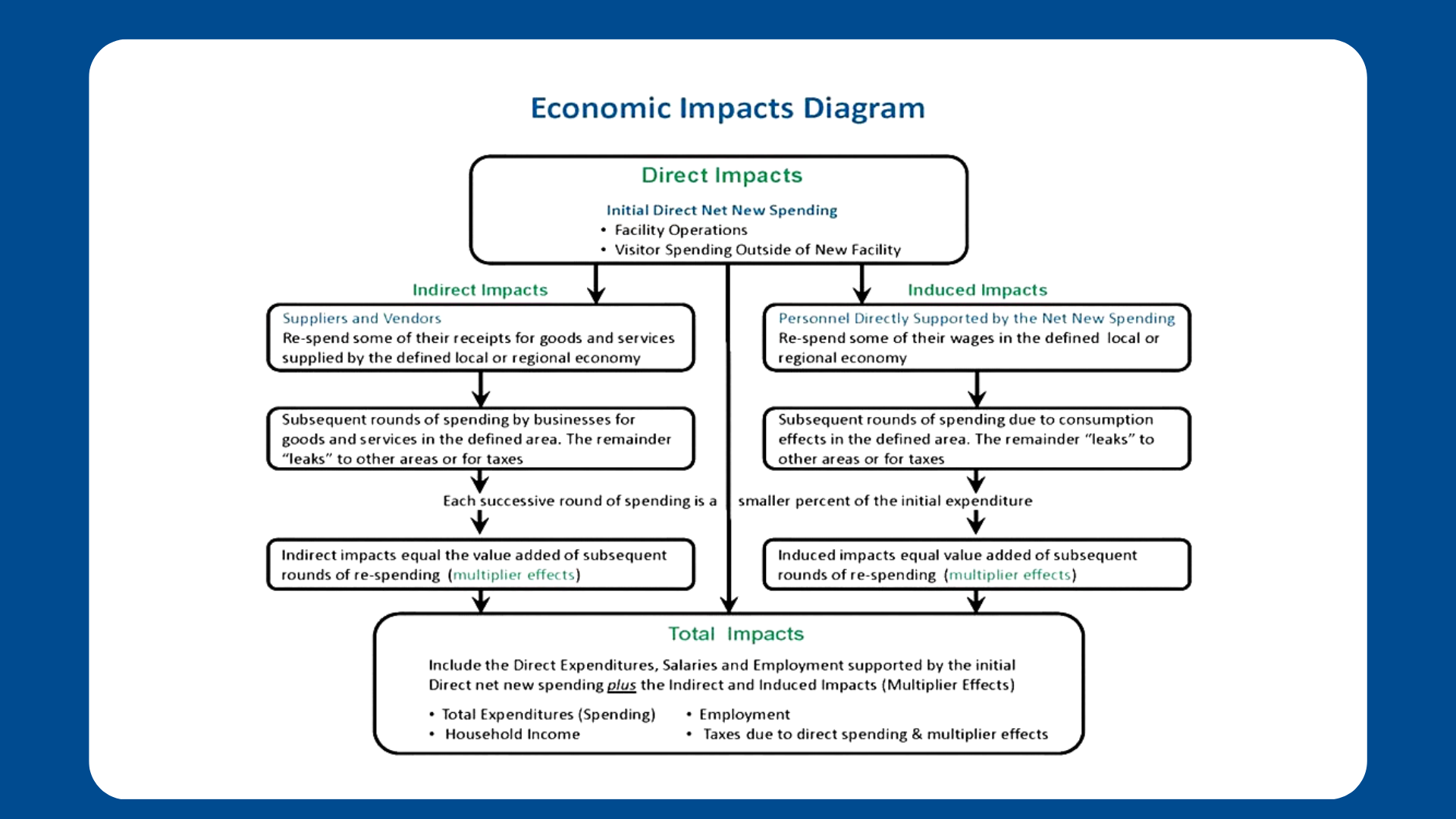
It is also noted that the majority of economic activity associated with the aquarium will be net new to the area, as the project will be a unique major visitor attraction. The total economic impacts of the project will be the sum of the direct impacts and subsequent multiplier effects.
This approach to economic impact evaluation is standard practice in assessing the potential economic benefits of a major development project such as the Rockford Aquarium. By estimating both the direct and indirect impacts of the project, analysts can better understand the potential economic benefits to the region and assess the overall economic viability of the project.
Economic impact analysis is a commonly used tool for evaluating the potential economic benefits of major development projects. The analysis measures the net new economic activity that will occur in a defined geographic region as a result of the project, excluding any activity associated with the project that replaces other economic activity in the area. The analysis considers both direct impacts and multiplier effects, resulting in the total economic impacts of the project.


The Rockford Aquarium is a major new visitor attraction planned for Winnebago County in the State of Illinois. The economic impact analysis for the project is focused on evaluating the net new economic activity that will be generated in the county and the state as a whole. The project is expected to bring significant economic benefits to the region, as it will be a unique major visitor attraction that is not currently available in the area.
Direct economic impacts are a result of the initial spending or investment associated with the project. In the case of the Rockford Aquarium, the direct impacts will include the initial investment required to construct the aquarium, as well as ongoing operating costs such as staff wages, utilities, and maintenance. The direct impacts will also include visitor spending, such as admission fees, merchandise purchases, and food and beverage sales.
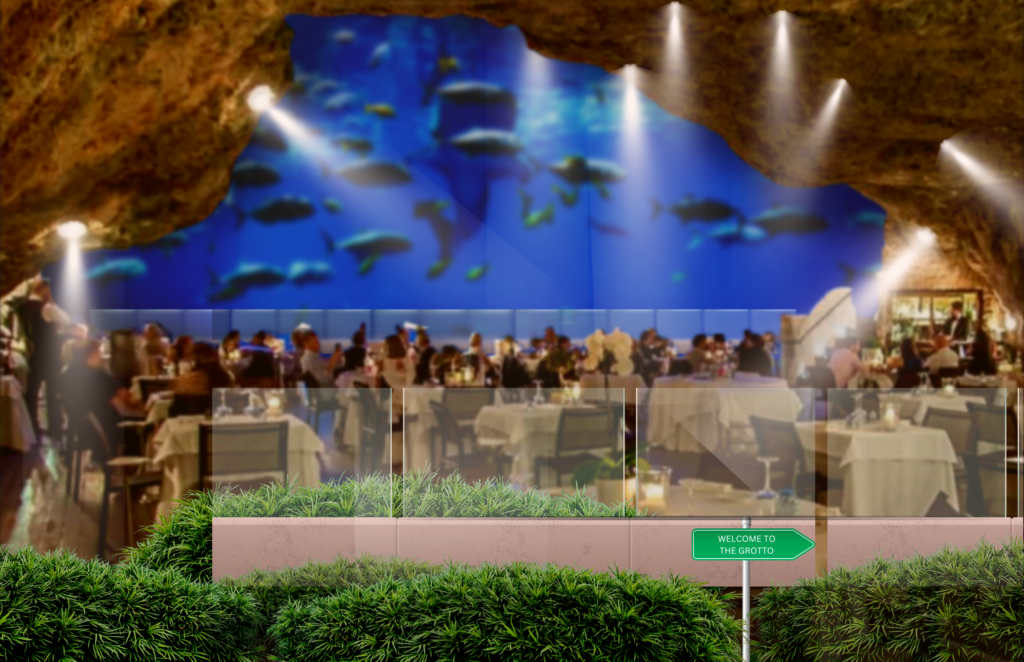
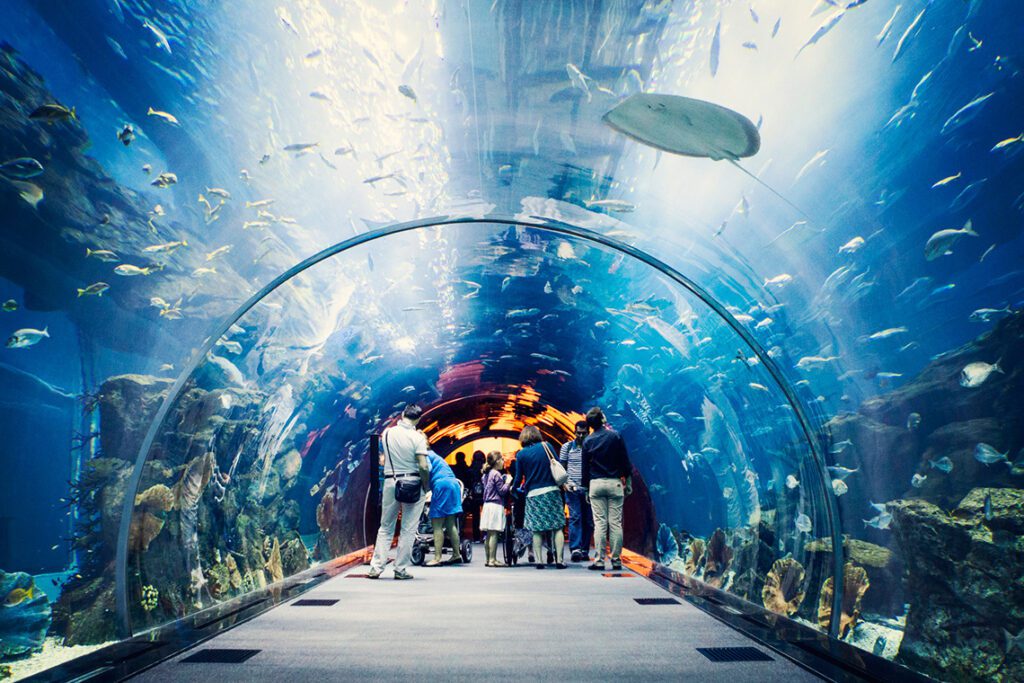
The economic impact analysis also considers the multiplier effects of the project. Multiplier effects are the indirect and induced economic activity resulting from the recirculation of the initial direct spending within the defined geographic region. Indirect impacts are the result of the multiplier effect of the initial direct spending, such as the purchase of goods and services from local suppliers by the aquarium’s operators. Induced impacts are the result of the spending of wages and profits earned by employees and suppliers of the aquarium, such as the purchase of housing, transportation, and other goods and services.
The total economic impacts of the Rockford Aquarium will be the sum of the direct impacts and subsequent multiplier effects. The economic impact analysis estimates that the project will generate significant net new economic activity for Winnebago County and the State of Illinois as a whole. This includes not only the direct spending associated with the project but also the multiplier effects of that spending.
The economic impacts of the project are expected to be particularly significant for Winnebago County. The project will be a major new visitor attraction for the county, which will attract visitors from both within the state and from other regions. This will result in increased spending on local goods and services, which will create new jobs and stimulate economic growth. The multiplier effects of the project will also result in increased economic activity throughout the county, as suppliers and employees of the aquarium spend their wages and profits on local goods and services.
The economic impacts of the Rockford Aquarium are also expected to be significant for the State of Illinois as a whole. The project will attract visitors from throughout the state and beyond, resulting in increased spending on local goods and services across the state. This will create new jobs and stimulate economic growth throughout the state.
The economic impact analysis of the Rockford Aquarium is focused on evaluating the net new economic activity that will be generated in Winnebago County and the State of Illinois as a whole. The analysis considers both direct impacts and multiplier effects, resulting in the total economic impacts of the project. The analysis estimates that the project will generate significant net new economic activity, resulting in increased spending, new jobs, and economic growth for the region. The Rockford Aquarium is expected to be a major new visitor attraction for Winnebago County and the State of Illinois, which will bring significant economic benefits to the region.

One of the key benefits of the economic impact analysis is that it provides decision-makers with valuable information about the potential economic benefits of the project. This information can be used to inform decisions about project financing, public incentives, and other policy decisions related to the project. By providing a comprehensive picture of the economic impacts of the project, decision-makers can better understand the potential benefits and make informed decisions about the project’s future.
In addition to providing valuable information for decision-makers, economic impact analysis can also help to build public support for the project. By demonstrating the potential economic benefits of the project, economic impact analysis can help to generate public interest and enthusiasm for the project. This can be particularly important for large-scale projects like the Rockford Aquarium, which may require significant public investment and support.
The analysis also identifies several key factors that will contribute to the project’s economic impacts. One of the most important factors is the unique nature of the project. As a major new visitor attraction, the Rockford Aquarium is expected to attract visitors from throughout the region, resulting in increased spending on local goods and services. The analysis also notes that the project will create new jobs in the region, which will further stimulate economic growth.
Another important factor is the potential for public investment and incentives. The analysis suggests that public investment and incentives could further increase the economic impacts of the project. For example, public investment in infrastructure improvements or marketing campaigns could help to attract more visitors to the region, resulting in increased economic activity.
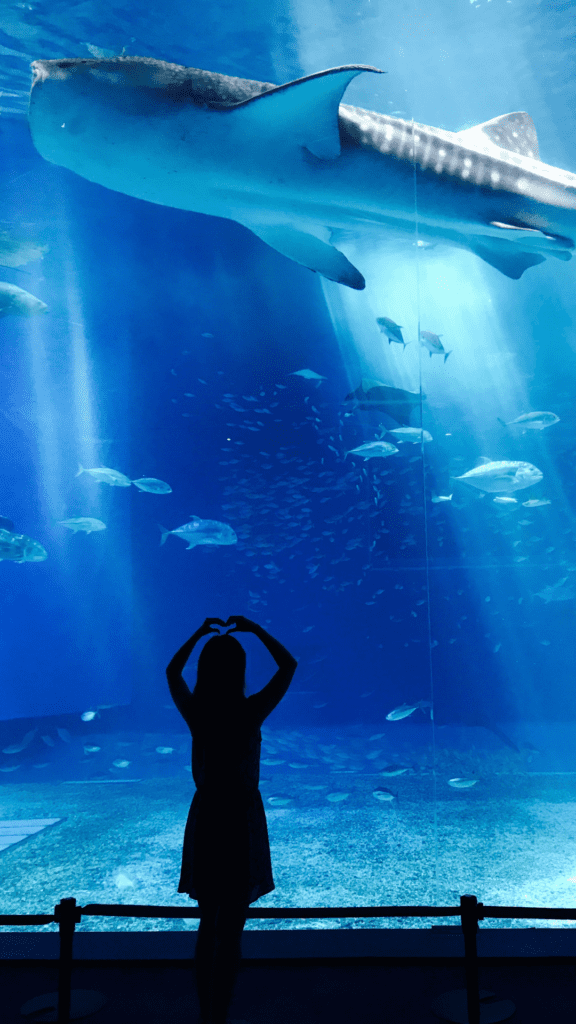
The construction of the Rockford Aquarium will have significant economic impacts on the local community and the wider region. The construction phase of the project is expected to generate direct and indirect economic benefits, including increased employment, increased spending on local goods and services, and increased tax revenues.
One of the most significant direct economic impacts of the construction of the Rockford Aquarium will be the employment opportunities created by the project. The construction phase of the project is expected to generate a significant number of jobs, ranging from construction workers and contractors to architects and engineers. This will provide a boost to the local economy and help to support local businesses.
In addition to employment opportunities, the construction phase of the project is also expected to generate increased spending on local goods and services. Construction workers and contractors will need to purchase materials and supplies for the project, which will support local businesses and generate additional economic activity. This increased spending is likely to have a multiplier effect, as the initial spending is recirculated through the local economy, generating further economic activity.
The construction of the Rockford Aquarium is also likely to generate indirect economic impacts. For example, the project is likely to increase demand for local housing and rental properties, as workers and contractors move to the area to work on the project. This increased demand could result in higher property values and rents, generating additional economic activity.
Another indirect economic impact of the construction of the Rockford Aquarium is the potential for increased tourism. As the project progresses, it is likely to attract increased attention and interest from potential visitors, who may be more likely to visit the area once the aquarium is complete. This increased tourism could generate significant economic activity for the local area, including spending on local goods and services and increased tax revenues.



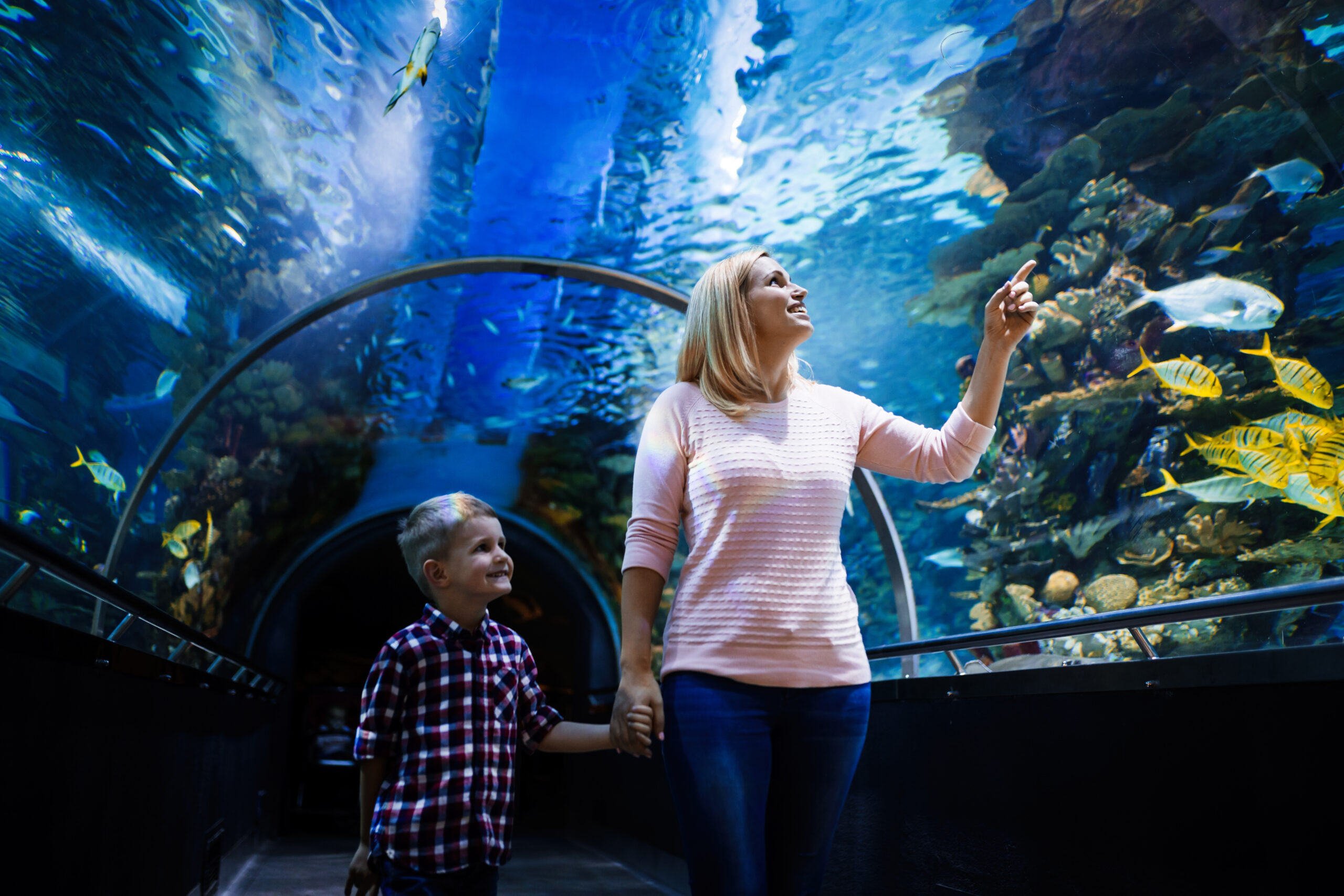
Another indirect economic impact of the estimated cost of the construction of the Rockford Aquarium is the potential for increased tourism. As the project progresses, it is likely to attract increased attention and interest from potential visitors, who may be more likely to visit the area once the aquarium is complete. This increased tourism could generate significant economic activity for the local area, including spending on local goods and services and increased tax revenues.
The project is expected to generate significant net new economic activity for the local area and the wider region, providing a boost to the local economy and supporting economic growth.
In conclusion, the construction of the Rockford Aquarium is expected to have significant economic impacts on the local community and the wider region. The project is likely to generate direct and indirect economic benefits, including increased employment, increased spending on local goods and services, and increased tax revenues. While there may be some negative impacts associated with the
The economic impact analysis provides decision-makers with valuable information about the potential economic benefits of the Rockford Aquarium. The analysis estimates that the project will generate significant net new economic activity for Winnebago County and the State of Illinois, resulting in increased spending, new jobs, and economic growth. While economic impact analysis has its limitations, it provides decision-makers with a useful tool for evaluating the potential benefits of the project and making informed decisions about its future. Ultimately, the success of the Rockford Aquarium will depend on a range of factors, including public support, private investment, and effective management of the project.